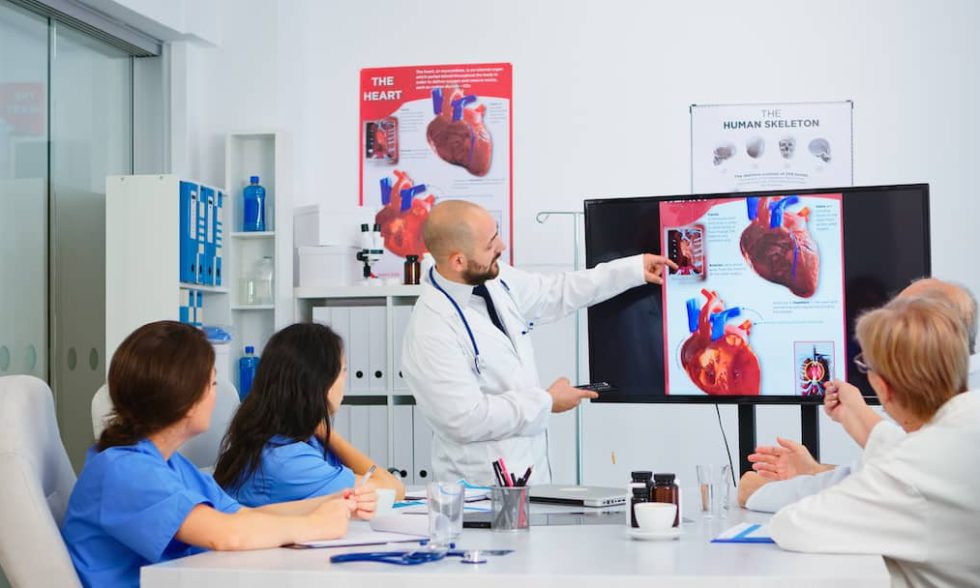
Cardiovascular regeneration and tissue engineering are transformative fields at the forefront of biomedical research, addressing the challenges posed by the limited regenerative capacity of the heart and vascular system. Cardiovascular diseases, a leading cause of morbidity and mortality worldwide, often result in irreversible damage to cardiac tissue, such as scarring following myocardial infarction. Current treatments aim to alleviate symptoms and prevent further deterioration but rarely restore full function. Regenerative medicine and tissue engineering aim to bridge this gap by developing innovative strategies to repair, regenerate, or replace damaged cardiovascular tissues, offering hope for restoring heart function and improving patient outcomes.
One of the key approaches in cardiovascular regeneration is the use of stem cells to repair damaged heart tissue. Stem cells, including embryonic stem cells (ESCs), induced pluripotent stem cells (iPSCs), and mesenchymal stem cells (MSCs), have demonstrated the ability to differentiate into cardiomyocytes, endothelial cells, and smooth muscle cells. iPSCs, in particular, offer a promising avenue as they can be derived from a patient’s own cells, reducing the risk of immune rejection. Clinical trials using stem cell therapies have shown modest improvements in cardiac function, but challenges such as cell survival, integration, and potential tumorigenicity remain areas of active investigation.
Another cutting-edge strategy involves bioengineering cardiac tissues and vascular grafts using scaffolds and bioprinting techniques. Scaffolds, composed of natural or synthetic biomaterials, provide a three-dimensional framework for cell attachment, proliferation, and differentiation. Advances in 3D bioprinting have enabled the fabrication of complex tissue constructs that mimic the architecture and function of native cardiac tissue. These constructs can be preloaded with cells and bioactive molecules to promote tissue regeneration. For instance, engineered heart patches containing cardiomyocytes and endothelial cells have shown potential for restoring cardiac function in animal models, paving the way for future clinical applications.
The incorporation of growth factors and extracellular vesicles into regenerative therapies further enhances their effectiveness. Growth factors such as vascular endothelial growth factor (VEGF) and fibroblast growth factor (FGF) play crucial roles in promoting angiogenesis and tissue repair. Similarly, extracellular vesicles, including exosomes derived from stem cells, have emerged as potent mediators of intercellular communication, delivering microRNAs and proteins that promote regeneration and reduce inflammation. These acellular therapies offer a less invasive alternative to cell-based approaches while avoiding the challenges associated with cell sourcing and immune compatibility.
Despite remarkable progress, the translation of cardiovascular regeneration and tissue engineering into clinical practice faces significant hurdles. These include the need for long-term safety and efficacy data, scalable manufacturing processes, and regulatory approval. Additionally, achieving functional integration of engineered tissues with the host cardiovascular system remains a critical challenge. Interdisciplinary collaboration between researchers, clinicians, and bioengineers is essential to overcome these barriers. As technologies continue to evolve, the promise of regenerating damaged heart and vascular tissues may soon become a reality, revolutionizing the treatment of cardiovascular diseases and enhancing the quality of life for millions of patients.

